The Futures model: What Outcome Do You Want?
By Luc Mahler, Chiropractor
Rehab at The Movement Co. can be life-changing, whether you’re recovering from an injury or trying to improve your physical performance. However, results can vary depending on many factors. Let’s explore three possible outcomes: Optimized and Peak Performance, Frustration, or Crisis Mode—and how to set yourself up for the best results.
1. Success and Peak Performance
This is the ideal outcome. You follow the plan, do the work, and your body responds. Pain decreases, strength returns, and you feel confident in your movements. Whether you’re bouncing back from an injury or training for a big event, everything comes together and you redefine what is possible. This outcome happens every week at The Movement Co. and is what makes the hard work worth it for our patients who get the best outcomes.
What Makes It Happen:
Root Cause: Your provider pinpoints the issue accurately.
Personalized Treatment: The plan fits your body and goals.
Consistency: You stick to the plan, exercises and advice given.
Teamwork: Good communication between you, your provider, and other health professionals.
The Result: Full recovery, improved performance, and skills to stay healthy long-term.
2. Frustration: The Ebb and Flow of Progress
Sometimes progress feels like a rollercoaster—one step forward, two steps back. This ebb and flow can lead to frustration. We see this regularly at the clinic when someone decides to let pain dictate when they get treatment. They seek out care only when it hurts, only to stop care as soon as the pain stops (usually in 4-5 visits). This causes a roller coaster ride of pain management and never fully fixes the problem. After months and years of this ebb and flow it can be very frustrating and lead to a feeling of desperation or thinking you have to live with your pain. NOT TRUE!
Why It Happens:
Inconsistent Care: Life gets busy, and it’s easy to miss appointments or skip exercises. This disrupts the momentum needed for recovery.
Unrealistic Expectations: Healing takes time, but it’s hard to stay patient when you want quick results.
Communication Gaps: Not fully understanding what progress should look like can cause confusion and frustration.
Complex Injuries: Some conditions take longer to heal or need adjustments along the way.
The Result: Frustration builds as chasing pain is not a long term strategy for success.
How to Push Through:
Stay Consistent: Even small, regular efforts can make a big difference over time.
Keep Talking: Share your concerns with your provider—they can adjust the plan,provide reassurance and be your accountability buddy.
Celebrate Small Wins: Focus on progress, no matter how small.
3. Crisis Mode: When Things Escalate
In some cases, things worsen after doing the ebb and flow of the frustrated patient. One has a flare up and a crisis occurs. This is why stopping the frustrated patient cycle is so important. Pain may become chronic, or more serious interventions like surgery might be needed.
Why It Happens:
Delayed Start: Waiting too long to begin treatment can make recovery harder.
Hidden Issues: Sometimes underlying conditions complicate the healing process.
Lack of commitment: Not committing to the full care plan and wondering why things never actually get better.
The Result: The condition worsens, requiring more intensive medical treatments.
How to Set Yourself Up for Success
Want to avoid frustration and crisis? Here’s how:
Stay Committed: Consistency is key, even when progress feels slow.
Communicate: Keep an open dialogue with your provider about any concerns.
Manage Expectations: Understand that healing takes time and patience and commitment.
Focus on the Big Picture: Every small step moves you closer to your goal.
By embracing the process and staying proactive, you can navigate your injury toward the best possible outcome, achieving long-term success and healing.
